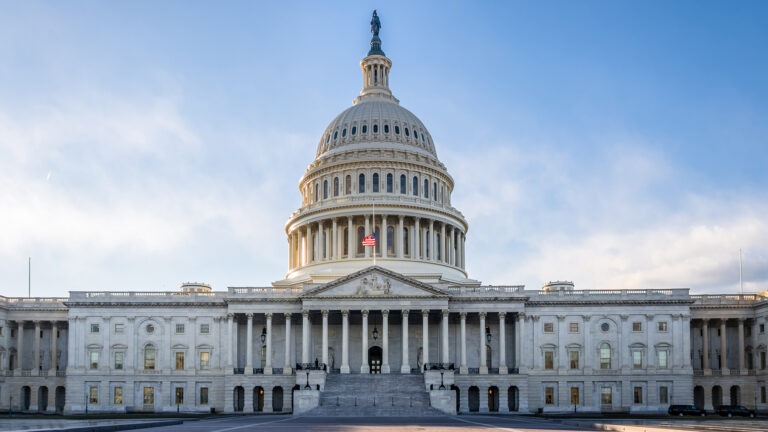By Muskan Arora
Institutional
investors are being challenged by liquidity, forcing them to lean towards
mid-market buyout strategies within private equity portfolios.
Historically,
mid-market buyout strategies have a lower correlation to public equity markets as
compared to large market buyouts and provide resiliency amidst economic
uncertainty.
Most
recently, the $82.4bn Alaska Permanent Fund Corporation (APFC) made a commitment
to Cornelian Energy Capital, which focuses on upstream, mid-stream and oil
stream services sectors in North America. The system additionally made commitments
to K1 fund and Monomoy Capital Partners.
“There
are still situations in the smaller and middle market buyout funds where they
might find an off-market deal or a family-owned business that can really have
some operational improvements,” said Marcus Frampton, CIO of APFC told Markets
Group.
“Whereas in the larger cap buyouts, generally
speaking, the companies ahead of being bought out are better run; less low
hanging fruit for improvement,” he added.
Following
energy-specific investments by APFC, recently, the $2.1bn University of
Kentucky committed to Pelican Energy Partners Fund which focuses on
strategic investments in energy services and manufacturing companies.
The
$148.8bn State of Wisconsin Investment Board has made two commitments of approximately
$200m along with $ 6.9bn Colorado Fire & Police Pension Associates, who
committed $20m to a lower-middle market buyout fund.
Mid-market
buyout strategy acts as a continuation space for investors who are either being
affected by the denominator effect or want to stay invested in “high
conviction names” of the industry.
While
the secondary strategies offer a similar structure of providing liquidity, and
valuations might be attractive but not as much as “what you had hoped you would
get to over the next three to five years.”
“Continuation
vehicles offer the option to stay in or receive liquidity. That’s important in the
current environment, where some groups are still building portfolios, and want
to maintain more exposure to the highest conviction names in a GP book, but
where other investors maybe double their target weight to private equity, and
they really need liquidity,” said Mika Malone, the managing principal at Meketa
Investment Group.
While
the current market environment remains volatile, Malone highlights healthcare
and technology as major shifts in biotech energy in the mid-market buyout
space.
The
denominator effect, alongside fed rates, has placed allocators in a sticky
position as when the markets were hot, GPs came back on a faster cycle than
before which used to be every three or four years. However, in the recent
times, they are coming back after 18 to 26 months.
“Suddenly,
you kept doing the same thing, but with the results of growing your portfolio
faster than you had expected. Then, you had 2022, and public equity markets
drew down,” added Malone.
However,
for investors who are underweight in their private equity sleeves, both secondaries and
mid-market buyout strategies prove beneficial.
While
secondaries can offer a meaningful allocation to bring up exposure within a private equity
sleeve, mid-market buyout strategy provides greater diversification including
sectors of the economy which may be more accessible through small and mid-size
companies, said Shoaib Khan, CIO of| $100.1bn New Jersey Division of Investment.
Manager selection
Khan
looks for a focus from “the fund and the team in terms of what the exit is,
what form of exit and timeline to exit.”
Many
a times, fund managers hold investments for a long period of time which may
help returns a bit, but there is a question of whether that process “hinders or distracts the
investment team.”
Khan
also investigates into the skillset, ability and track record to add value to the management of small and mid-size companies.
“The additional value-add will
determine the likelihood of success and generating an appropriate level of
returns,” said Khan.
Within the space, Malone further
highlights conducting investment and operational due diligence and working with
trustworthy individuals is extremely important.
“The
best practice in the private equity space, as you look at a lot of venture
funds is investing in newer technologies, and newer underlying companies.
In some cases, a lot of newer GPs come to market in that space who are
investing in new technologies. To me, you just can’t skimp on due diligence,”
Malone told Markets Group.












